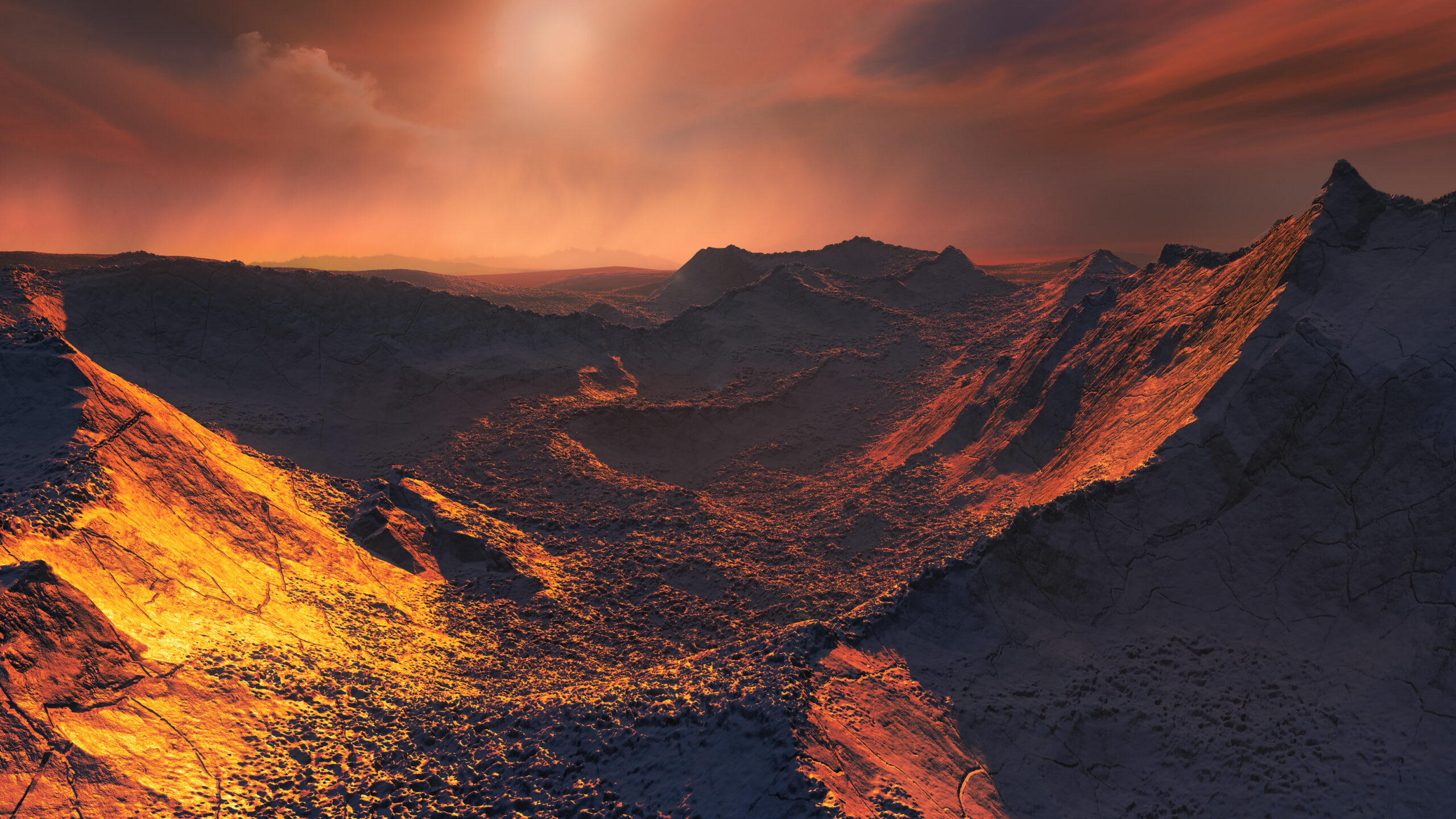The exoplanet is a planet outside the solar system. An exoplanet is any planet past our planetary group. Many revolve around stars, yet free-drifting exoplanets, called maverick planets, circle the galactic focus and are unleashed to any star. The majority of the exoplanets found are in a by and prominent little locale of our astronomical framework, the Milky Way. With the help of NASA discoveries, we can know more planets than stars in the astronomical framework.
By assessing exoplanets’ sizes (separates across) and masses (loads), we can see structures going from astoundingly unpleasant (like Earth and Venus) to very gas-rich (like Jupiter and Saturn). Exoplanets involve parts like those of the planets in our planetary gathering, but their mixes of those parts may differentiate. A couple of worlds may be overpowered by water or ice, while others are overpowered by iron or carbon. We’ve recognized magma universes campaigned in fluid seas, puffy planets the thickness of Styrofoam, and thick focuses of worlds at this point surrounding their stars.
It’s not easy for the astronauts to look at exoplanets directly like they can look at Saturn from the telescope. There are thousands of exoplanets, and scientists are still trying to find more. You can find many more diverse exoplanets with the help of more advanced and broad telescopes. The exoplanet’s surface is similar to other planets in the solar system. Some have water in the majority, and others have carbon or iron.
Methods of Finding Exoplanets
There are mainly five methods to find exoplanets: wobble method, transit method, direct screening, spiral speed, travel occasion perception, and microlensing. But wobble and transit methodologies are primarily used.
- Wobble method
Doppler spectroscopy (otherwise called the outspread speed strategy, or informally, the wobble technique) is a roundabout strategy for finding extrasolar planets and earthy colored little people from spiral speed estimations through the perception of Doppler shifts in the range of parent star. Around 589 exoplanets are discovered through this method. The wobble method is more reliable when the star moves away or towards the earth. This method does not tell us about the density and size of the planet, but it tells about the mass circular motion around the earth.
- Transit method
This method is best to find exoplanets. At the point when an article passes between our perspective and a star, this is known as “travel.” You might have found out about the new travel of Venus, where we could see the planet Venus moving among us and the sun. There are additionally successive travels of Mercury. The most emotional illustration of an expedition would be sun-powered obscuration when the moon passes between the Sun and Earth. The daylight we get diminishes drastically because the moon obstructs our perspective on the sun. When a planet like Mercury or Venus travels, the sun decreases by a lesser sum. That is not because those planets are more modest than the moon; this is because they’re farther away from us, so they seem more tolerable. You can see an image of the travel of Venus beneath, as taken from a ground-based telescope. Everybody knows the universe is vast. Exoplanets are part of the universe. They are very diverse and versatile.
Scientists have created a computer simulation of what it might look like on Proxima b’s surface
It’s amazing how Earth-like it looks! But there are still many questions to be answered: How fast does Proxima b rotate? What is its gravity like? Do they have a moon? More importantly, what is its atmosphere like? Is it habitable for humans? Will we ever find out if there is life outside our solar system? No matter what answers these questions lead to, Proxima b will definitely be a game-changer in planetary science.
![]()
